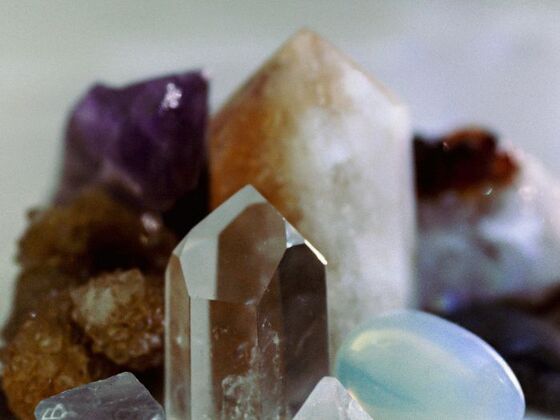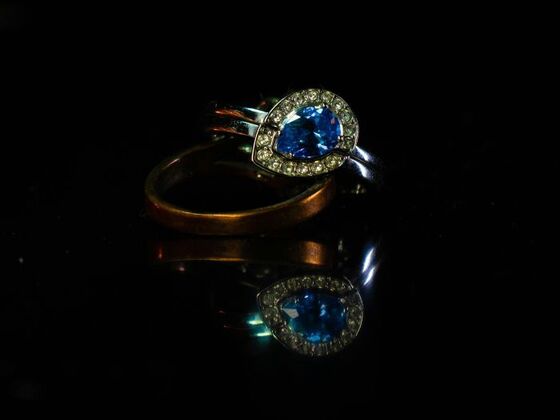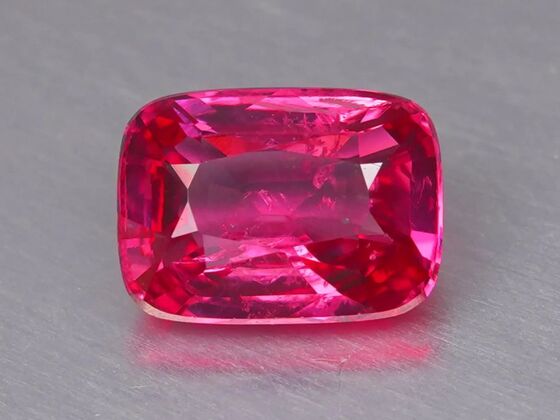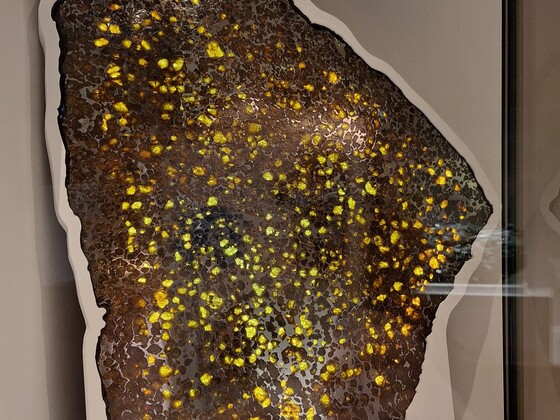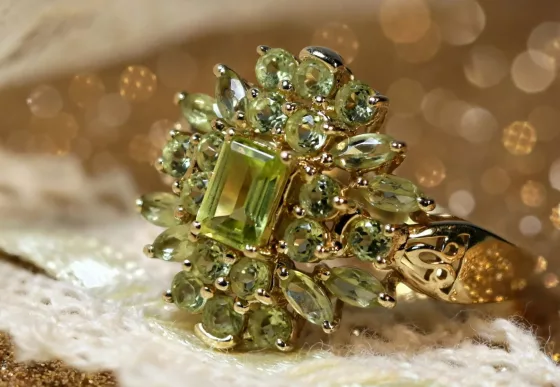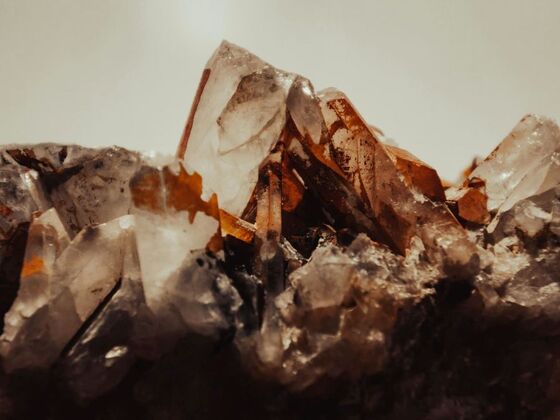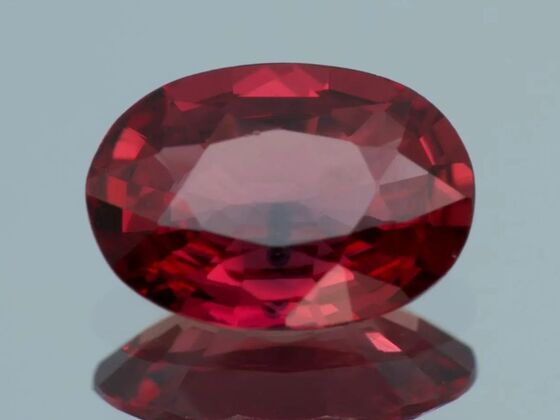Pearls are unlike any other gemstone. They are the only gems created by living creatures, making them truly unique and organic treasures of the sea. Their soft, glowing lustre has fascinated humans for thousands of years. Pearls have long been symbols of beauty, sophistication, and status.
From ancient royalty to modern fashion icons, pearls continue to captivate with their timeless elegance and rich history. Whether worn as a simple strand or set in dazzling jewellery, pearls add a touch of natural grace that few other gems can match.
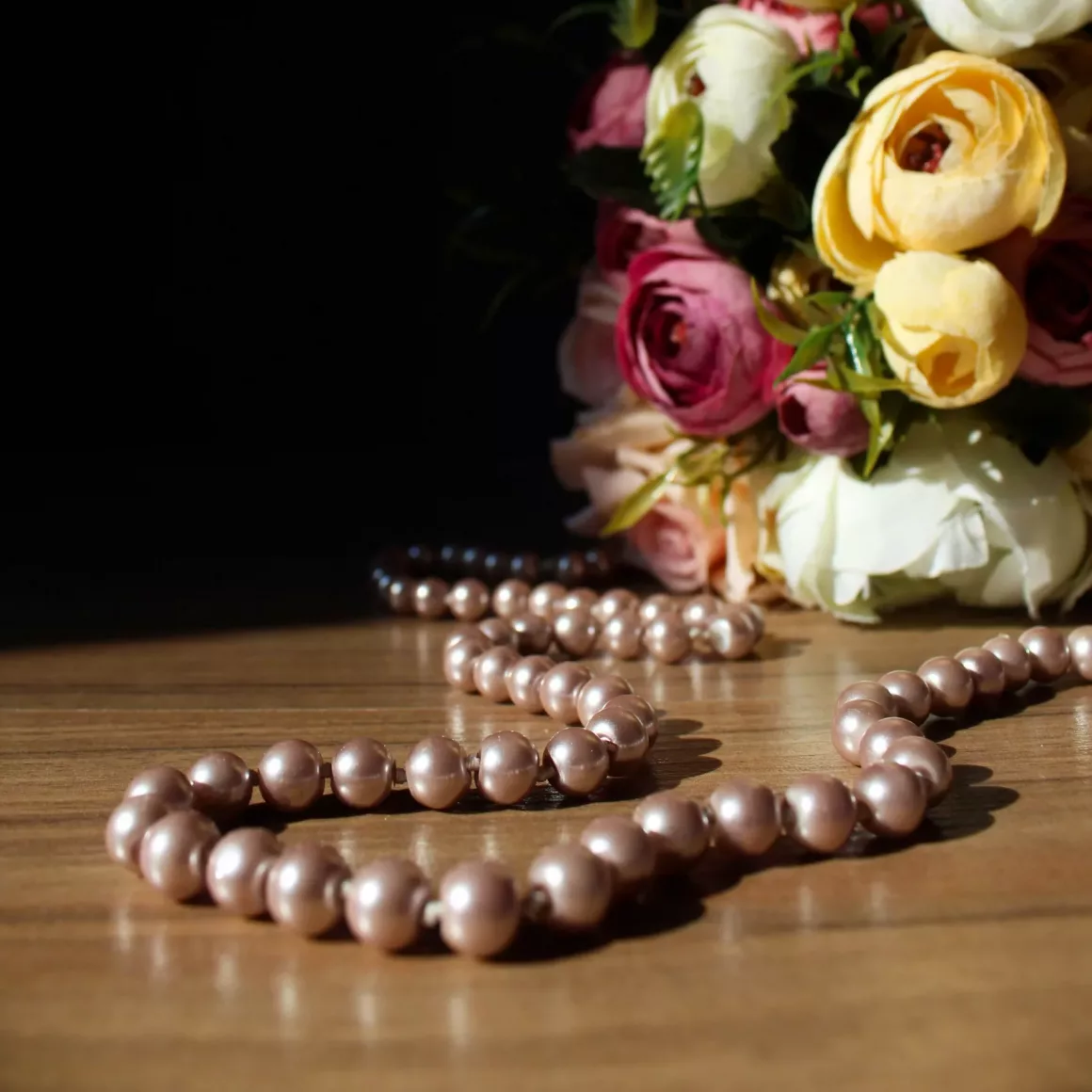
How Pearls Are Formed
The story of a pearl begins deep inside the shell of a mollusc, usually an oyster or a freshwater mussel. When a tiny irritant, such as a grain of sand or a parasite, slips inside the shell, the mollusc defends itself by secreting layers of nacre, a combination of calcium carbonate and protein. Over time, these layers build up, forming a pearl.
There are two main types of pearls: natural and cultured. Natural pearls form spontaneously in the wild without human intervention and are incredibly rare. Cultured pearls, on the other hand, are farmed with human assistance by carefully inserting a nucleus into the mollusc to stimulate pearl production. This method allows pearl farmers to produce more reliably and in greater quantities, making pearls more accessible to jewellery lovers worldwide. The secret to a pearl’s beauty lies in the quality and thickness of the nacre layers, which determine its shine and durability.
Types of Pearls
Pearls come in many varieties, each with its own unique characteristics:
- Imitation: Made from glass, plastic, or shell coated with a pearly substance, imitation pearls offer a budget-friendly alternative but lack the depth and natural beauty of real pearls.
- Natural: Formed without human help, natural pearls are rare and highly valuable. Collectors and connoisseurs prize them for their natural beauty and scarcity.
- Cultured: These pearls are farm-grown and account for the majority of pearls sold today. They offer a wide range of sizes, colours, and shapes.
- Freshwater: Grown in freshwater mussels, mostly in lakes and rivers, these are often more affordable and come in diverse shapes and pastel colours.
- Saltwater: These include the famous Akoya from Japan, known for their brilliant lustre; Tahitian ones from French Polynesia, celebrated for their exotic dark colours; and South Sea ones, prized for their large size and rich golden or white hues.
Pearl Colours, Shapes, and Sizes
Pearls dazzle in a stunning array of colours. Classic white ones are timeless, while black ones carry an air of mystery. Soft pinks, creamy peaches, and rich golden tones add warmth and variety to pearl collections. The colour depends on the type of mollusc and its environment.
Shapes vary widely. Perfectly round pearls are the most sought-after and rare. Oval, teardrop, button, and baroque pearls (which have irregular, artistic shapes) offer unique charm and character.
Size matters too. Pearls can range from tiny seeds to impressive large gems over 20 millimetres in diameter. Larger pearls with smooth surfaces and strong lustre command higher prices. The environment, species of mollusc, and growth time all influence size and quality.
How Pearls Are Graded and Valued
Pearls are graded based on five main criteria: size, shape, colour, lustre, and surface quality. These factors, along with the overall matching of a strand, determine value and quality.
- Colour: One of a pearl’s most unique qualities is its colour. To help standardise how they are graded, the Gemological Institute of America (GIA) introduced Colour as one of its seven key quality criteria.
- Lustre: This is the pearl’s shine and glow. High-quality pearls have a sharp, mirror-like reflection and deep inner glow.
- Surface: The fewer blemishes or spots on the pearl’s surface, the more valuable it is. Clean surfaces are rare and highly prized.
- Shape: Round pearls are the most valuable, but unique shapes can add artistic appeal.
- Size: Larger pearls are generally more valuable, especially if other factors like lustre and surface quality are excellent.
The AAA to A grading system helps buyers understand quality at a glance. AAA pearls have the highest lustre, nearly flawless surfaces, and perfect shapes. Lower grades may have more imperfections or dullness. Ultimately, the best pearls combine all these factors to create a gem that shines with natural beauty.
The History and Symbolism
Pearls have enchanted humanity for thousands of years. Ancient Egyptians prized them so much that they buried them with their dead to symbolise eternal wealth. In Rome, pearls were a status symbol worn by nobility and emperors. Chinese emperors considered them symbols of wisdom and power.
Throughout history, pearls have stood for purity, wealth, and wisdom. Brides often wear pearls as a symbol of innocence and new beginnings. Famous pearls, like the legendary La Peregrina, have inspired tales of romance, intrigue, and power. These gems have survived centuries, carrying stories that add to their mystique.
Pearls in Fashion and Jewellery
Pearls have long been a staple of classic elegance. The iconic pearl necklace remains a timeless accessory, whether a single strand or a layered choker. But pearls are not just for tradition; modern designers reinvent pearl jewellery with bold, contemporary styles.
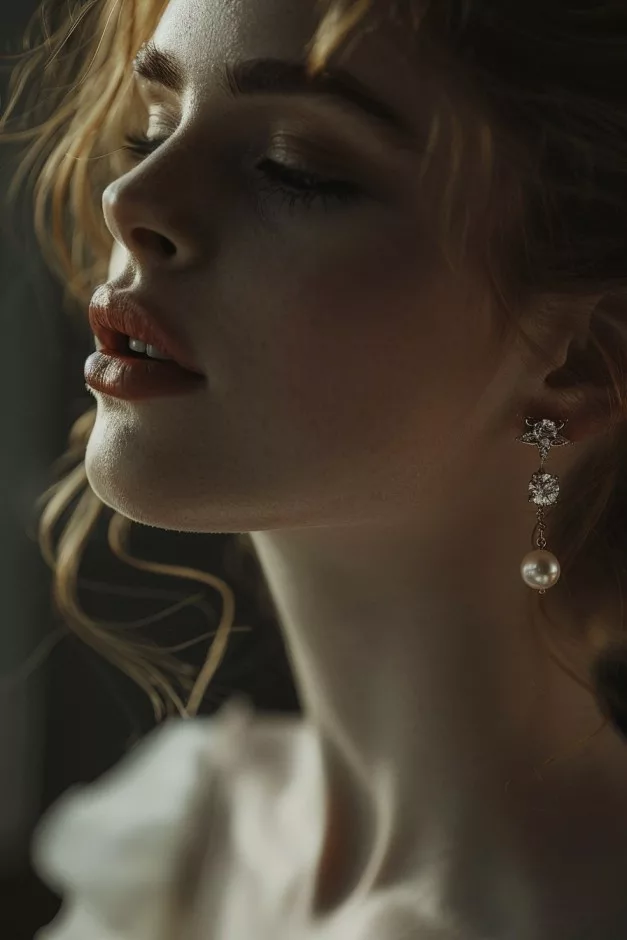
Pearls hold a special place as June’s birthstone, making them a meaningful gift for those born in this month. As the only organic birthstone, pearls symbolise purity, wisdom, and integrity. Pearl birthstone jewellery, whether necklaces, bracelets, or earrings, offers a timeless way to celebrate birthdays, anniversaries, or other milestones with a touch of natural elegance and personal significance.
From pearl-studded earrings and rings to edgy pearl accessories for men, the versatility of pearls shines through. Celebrities like Audrey Hepburn, Marilyn Monroe, and Rihanna have all made unforgettable statements with pearls, cementing their place in fashion history. Today, pearls blend classic beauty with modern flair, appealing to all generations.
How to Care for Pearls
Pearls are delicate and require special care to maintain their beauty. Please avoid contact with harsh chemicals, perfumes, and hairsprays, which can dull their lustre. After wearing, gently wipe them with a soft, damp cloth to remove oils and sweat.
Store pearls separately in a soft pouch or lined box to prevent scratches from harder gemstones or metals. Over time, necklaces should be restrung, ideally every few years, to avoid breakage and to keep the strand secure.
Ethical and Sustainable Farming
Pearl farming has evolved into a more sustainable and ethical industry. Responsible farms prioritise protecting marine ecosystems and water quality. They use eco-friendly methods that minimise environmental impact.
Fair trade practices ensure that farmers and workers receive fair wages and work in safe conditions. When buying, look for certifications or brands committed to ethical sourcing. Choosing sustainably farmed pearls means supporting the environment and the people behind these beautiful gems.
Conclusion
Pearls are nature’s miracle, organic, luminous, and endlessly fascinating. Their allure spans centuries and cultures, making them a cherished gemstone for all time. Whether classic or contemporary, they symbolise elegance, beauty, and enduring style.
Pearls are more than just jewellery; they are stories, history, and natural wonders worn close to the heart. Embrace their timeless appeal and let their gentle glow illuminate your world.
Explore More Gemstone Knowledge
Fascinated by June birthstones and want to deepen your gemstone expertise? Dive into our comprehensive Gemstone Encyclopedia, where you’ll discover detailed information about hundreds of precious and semi-precious stones, their properties, and values.
For those interested in the rich cultural significance and fascinating stories behind these treasures, our History section offers captivating insights into how gemstones have shaped civilisations throughout time.
And if you’re considering gemstones as more than just beautiful adornments, visit our Precious Metal Investing guide to learn how these natural wonders can become valuable additions to your investment portfolio.
Whatever aspect of gemstones captures your interest, Gemstones Insider has the expert resources to guide your journey.


